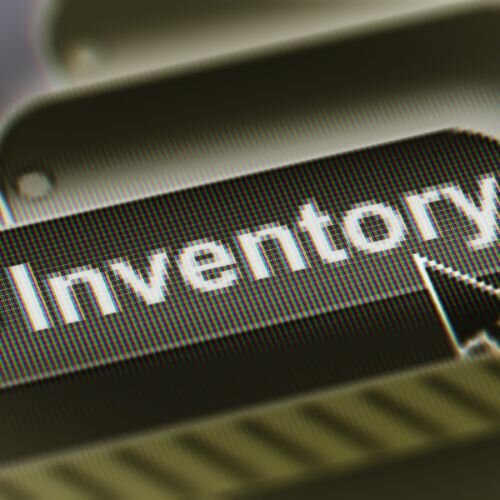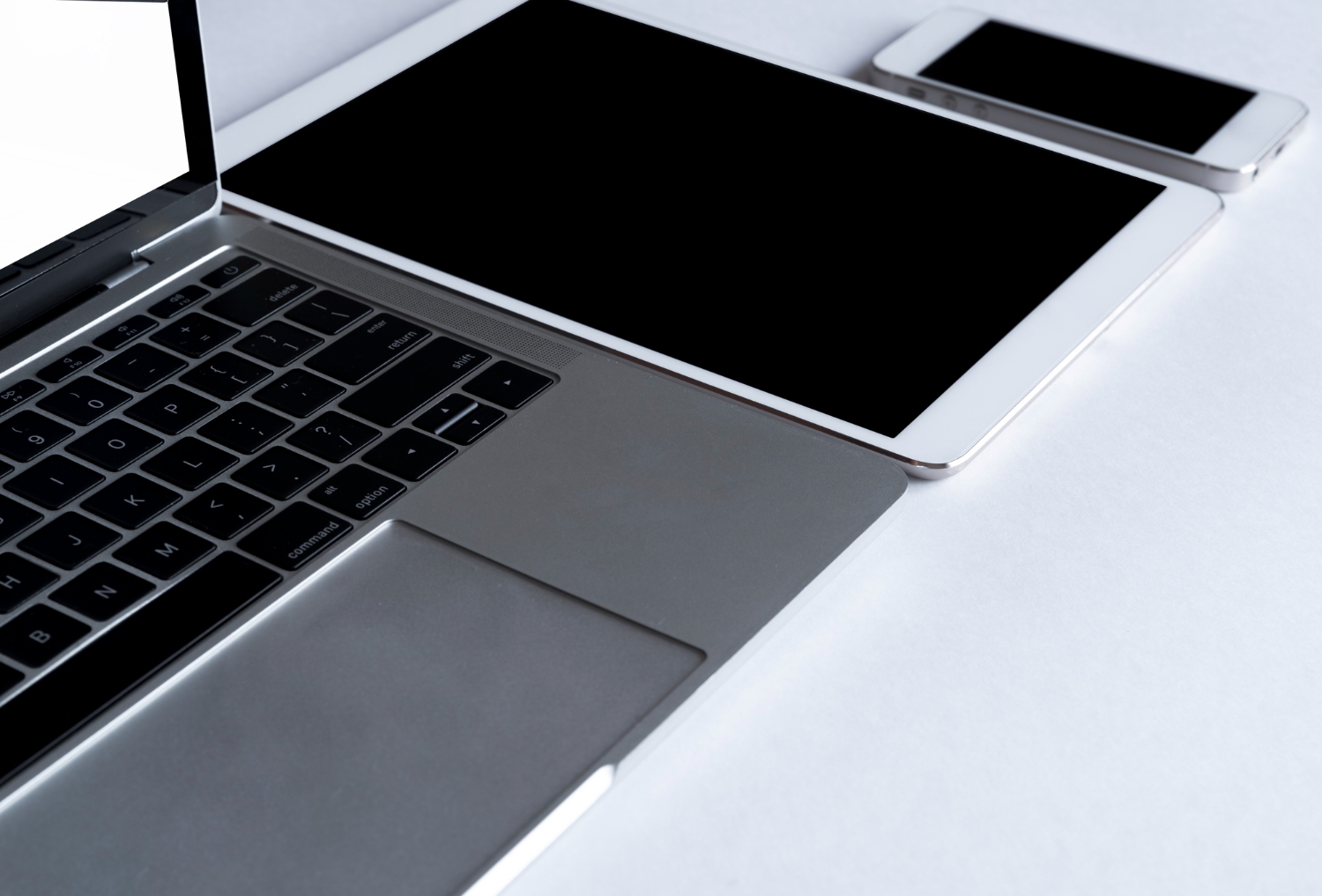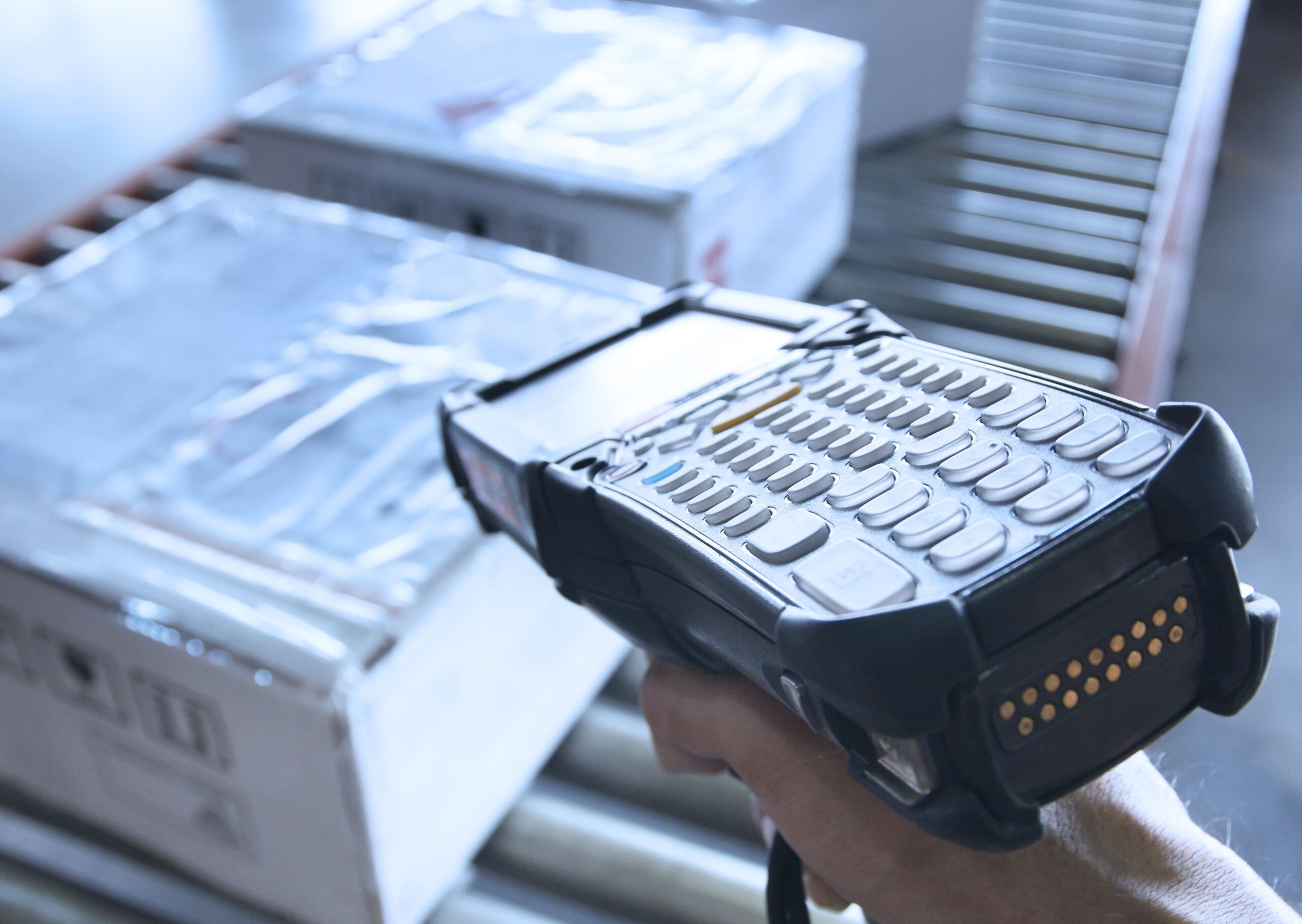
Your IT inventory is undoubtedly making life easier. However, you’re losing out on the maximum potential if you’re not in full control. The good news is that IT inventory management helps you make the most of their IT assets. With it, you will be able to take control over, optimise, and maximise your IT assets.
Not everybody knows how to manage an IT inventory, much less achieve the best results from it. This comprehensive guide helps to take the very first step in the right direction toward effective IT inventory management.
What’s In Your IT Inventory?
So, what do you have in your IT inventory? The straightforward answer is anything related to your computer systems. It includes PCs, laptops, tablets, cables, modems, printers, and even fax machines if you still use them. You may be surprised to see how many IT assets you actually have.
IT inventory may include licences, subscriptions in the cloud, and other digital assets. This is as relevant to monitors as hardware devices. After knowing what’s in your IT inventory, it will be crystal clear why effective IT inventory management is important. Create a list that is as detailed as possible, containing everything from a computer screwdriver up to computers, laptops, tablets, and software. This panoramic view lets you take control of everything.

What is IT Inventory Management?
IT inventory management is important for day-to-day operations and long-term strategic planning. Tracking patterns of asset use enables you to recognise areas for cost-saving and better resource allocation, therefore contributing to the overall efficiency of your IT ecosystem.
With effective IT inventory management, you can:
- Manage faults and set up regular maintenance schedules
- Track who has access to each asset
- Know where your assets are at all times
- Ensure assets are in the correct locations
- Improve budgeting by understanding asset lifecycle costs
In short, IT inventory management provides you with greater accountability and insight into how your assets are being used. By choosing the best IT inventory management software that offers reporting capabilities, you can easily print detailed reports to help make data-driven decisions. This allows you to use your assets in ways that benefit your business.
How to Manage IT Assets Inventory Effectively
Learning how to manage IT assets inventory effectively is key to optimising their value and ensuring that your business operations run smoothly. To do this, it’s essential to follow best practices such as:
- Regular Audits: Conduct regular audits of your IT inventory to verify that records match physical assets. This helps identify missing items, ghost assets (assets that are lost or no longer in use but still on record), or underutilised equipment.
- Automate Asset Tracking: Use an asset tracking system, that includes features like RFID tags, barcodes, or an asset tracking app. Automation reduces manual errors and provides real-time visibility of your IT assets.
- Update Asset Information: Keep asset profiles updated with information such as location, assigned user, warranty, and maintenance history. Accurate data ensures that you can make informed decisions when managing your assets.
- Schedule Preventative Maintenance: Implement a maintenance schedule to keep your IT assets in good condition and avoid costly repairs or replacements.
Use Inventory Management Software: Choosing the best IT inventory management software that meets your specific needs will make tracking and managing your assets easier. Look for software that offers features like customisable reporting, check-in/check-out capabilities, and RFID compatibility.
How Easy Is It To Implement Inventory Management?

The good news is that implementing IT inventory management is straightforward. Start by selecting software that suits your needs. Look for features like check-in/check-out capabilities, fixed and handheld RFID compatibility, and options to organise assets into collections.
Once you’ve chosen the software, implementing it is simple. Attach an RFID tag or barcode to each of your IT assets and scan them into the system. As you add assets, create detailed profiles for each one. The more information you include, the more useful the system for inventory management will be in the future.
As soon as the profiles are created, the software will automatically track your assets. You’ll start to see the benefits right away. Capturing inventory details using a handheld device can significantly streamline this process, allowing you to quickly and accurately capture asset details without the need for manual entry.
The Benefits Of Controlling Your Assets
Another major benefit of controlling your IT assets effectively is improved compliance. Many industries have specific regulations regarding data security and asset management. By maintaining an up-to-date IT inventory, you can ensure compliance with regulatory standards, thereby reducing the risk of legal issues and fines.
Learning how to manage asset inventory effectively is crucial for ensuring your IT assets are always in optimal condition. This involves a combination of regular audits, automated asset tracking, and using the right management software. Some key benefits of IT inventory management include:
- Better asset condition: Set up maintenance schedule reminders to keep all of your assets in top shape.
- Eliminate ghost assets: Identify and manage assets that are out of use, and send them for repair if needed.
- Easy asset assignment: Assign assets to employees at the click of a button.
- Instant asset tracking: Know where each asset is at any given time.
- Simple reporting: Export and print reports to monitor performance and make informed decisions.
- Improved security: By knowing where assets are and who is using them, you can enhance asset security.
Using IT inventory management to its full advantage allows you to easily manage IT assets and gain greater control over almost every aspect of each asset. This reduces downtime, improves productivity, and minimises unnecessary costs.
Inventory Management Techniques
Well, there are several different inventory management techniques that you can use to get the most out of your IT inventory. Some of the best include:
- RFID and Barcode Tracking: These methods work very efficiently when it comes to tracking IT assets, as they save much time in identification and data entry. RFID tags work particularly well when the asset constantly moves or is used by more than one employee.
- ABC Analysis: This inventory management technique is based on classifying assets according to their value and importance to your business. For example, A items are highly critical assets that are most closely monitored; B items are important yet not so critical, while C items are low-value assets. This classification encourages you to give priority to resource allocation.
- Just-in-Time Inventory: The Just-in-Time (JIT) helps you keep just what you need right when you need it. Commonly used in manufacturing, it does apply well to IT inventory management with the stopping of overstock and optimisation of the utilisation of your resources.
Using any number or combination of these techniques, you can develop a more efficient inventory management process and ensure your IT assets are always available and in top working condition.

Choosing the Best IT Inventory Management Software
Predictive analytics can be another way to optimise your IT inventory management with software. This will let you predict probable maintenance events in the future or predict when a certain asset is likely to be replaced, reducing your IT systems’ downtime.
Choosing appropriate software is the secret of successful IT inventory management. Superior IT inventory management software should provide for RFID and barcode scanning, reporting, cloud storage, and system integration. It should also be easy to use so that your team requires minimal training. Moreover, the software which offers mobile app integrations, like asset tracking apps, will further enhance the flexibility of its usage. This allows team members, irrespective of their location of work, to log in at any time and update the asset information. This will be a big plus for organisations with employees who are either working remotely or travelling a lot.
It’s now time to consider the various software options and features your business may require. Is there advanced reporting? Is mobile device access available? Is RFID integrated? The right software will manage your inventory and, perhaps more importantly, provide critical insight into more informed business decisions.
The Role of Technology in IT Inventory Management
Coming technologies, like IoT, are also playing an important role in IT inventory management. Integrating these IoT devices with your asset management system will enable you to have real-time insight into and automation of much of the asset monitoring and maintenance.
Technology plays an essential role in IT inventory management. Advanced tools, such as RFID, barcodes, and software specifically designed for handling IT inventories, have brought about a sea change in the way business enterprises track IT assets. You can avoid manual processes and reduce errors by a great degree with the help of an automated asset tracking system, thus saving a lot of precious time. Hand-held computers and scanners further ease the process of tagging and tracking IT assets. You can input the new assets in your inventory using a hand-held computer, which makes this system easier to manage and control.
Additionally, the cloud-based inventory management solution allows the tracking of assets across different locations in real time. This assists large organisations that have distributed teams and must monitor IT assets across various office locations. With cloud solutions, the scaling factor is there, whereby you can add more assets and users according to your business growth.
How IT Inventory Management Benefits Different Industries
IT inventory management does not refer to a typical office setting but offers significant benefits in the following sectors:
- Healthcare: IT inventory management will be applied to trace medical devices, computers, and software that store patient records in hospitals and clinics. The efficient management of these machines allows them to function and be available whenever required, ensuring better patient care in hospitals.
- Education: Schools, colleges, and universities use IT inventory management to track computers, tablets, and other learning tools. This ensures students and teachers have access to the technology they need, reducing disruptions in the learning process.
- Manufacturing: This also finds its application in manufacturing, where the machinery, tools, and equipment used in the production process are tracked through the inventory. Keeping these types of assets in good condition is highly important to maintain productivity and avoid expensive downtimes.
- Retail: IT inventory management applies to tracking retail POS systems, tablets, and digital displays. When these tools are managed correctly, the operations tend to be seamless, and customer experiences are great.
Irrespective of the sector, the IT inventory management system can have a great impact by enhancing operational efficiency, reducing costs, and boosting productivity.
Control Your Assets with itemit
IT inventory management is crucial for realising the full value of IT assets for business operations. Implementing a good system for inventory management, conducting frequent audits, deploying good inventory management techniques, and choosing the best IT inventory management software can help keep IT assets under effective control.
Be it manufacturing, healthcare, education, or retail, managing the IT inventory is the only way to minimise downtime, reduce operation costs, and enhance the level of productivity. Take control of your IT assets today and transform your operations.
For more information, if you have any particular requirements, please do not hesitate to get in touch with us today at team@itemit.com.

Try itemit
Choose a better way to track
your assets.
Start your free 14-day trial now!

Keep Learning
itemit Blog
Tips, guides, industry best practices, and news.
How to Choose the Right Inventory Scanner for Your Business
Use our guide to choose the right inventory scanner for your business. Learn which features matter, compare types, and get tips for selecting the best fit.
Understanding Inventory Turnover Ratio and Its Impact on Your Business
Discover what inventory turnover ratio is, how to calculate it, and why it’s vital for optimizing inventory management and improving business profitability.
Inventory Manager Duties and Responsibilities Explained
Explore the essential inventory manager duties, from managing stock levels to overseeing order fulfillment and maintaining inventory accuracy in the workplace



